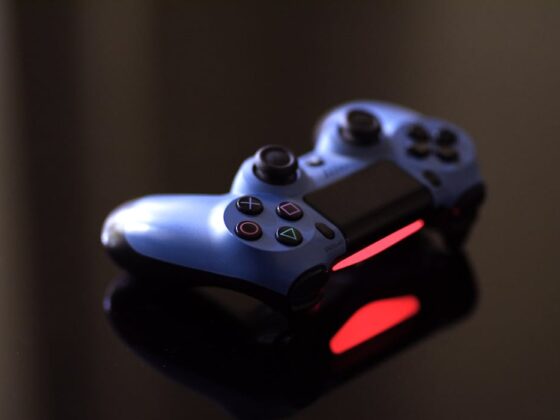
Backlit displays are everywhere these days. They are the technology that allows laptop screens and TVs to display a huge range of colors while still being thin and lightweight. In this article, we take a look at the tech behind backlit displays.
Take A Look Behind The Screen
The basic idea of a backlit display is that the screen is illuminated from behind by white light. Originally this illumination was done using fluorescent tube lights, something that you still see now in some backlit advertising like you will see in large public spaces.
Fluorescent tube lights are both bulky and not particularly energy efficient. They are best suited to these larger static installations. Also, some older flat screen televisions used these tubes. However, modern backlit displays use white LEDs. This is a much more lightweight and energy efficient solution, and it also does not get nearly as hot as the older tube versions. This is how backlit laptop, tablet and smartphone screens all work.
More recently, OLED (organic light emitting diodes) have started to be used. These are a newer technology, still somewhat in its infancy. OLEDs allow for more flexibility, so can be used to make curved screens. In fact, OLED technology is being used to create truly flexible displays that can be bent.
The Tech Behind The Color
At this point, you might be wondering how a screen backlit by white light can achieve color. In the case of static images, like those used in advertising backlit displays, the light shines through the image. The image is printed with a special kind of technique, called Duratrans, that allows the light to shine through. Take a look at these examples from Nonstop Signs to learn more.
For moving images, like that on a television screen, the screen filters the white light to create the colors. In an LCD screen, the filtering is done by the liquid in the screen that responds to an electrical charge to change its properties and let through certain bands of light, creating color.
Although this creates bright images and makes screens incredibly thin and lightweight, it does have one minor drawback. The liquid in the displays always leaks a tiny amount of the backlit white light through, it cannot completely clock all the frequencies of light. This is what leads to the common issue of really deep black not being faithfully represented by LCD screens. This is perhaps the one area where old, bulky CRT televisions still win out. This is also an area that will be improved with the adoption of OLED technology, as they allow for more faithful rendering of black. Some manufacturers also claim their newest ranges of LED TVs have addressed this issue.
Conclusion
Hopefully, this article has cleared up how backlit displays work. It is a simple idea, shining white light through a filter to create color, but modern technology, in particular, the miniaturization of parts, means that it has come on leaps and bounds since the early fluorescent tube boxes. Also, with the rise of the OLED, we can expect this technology to continue developing. S







